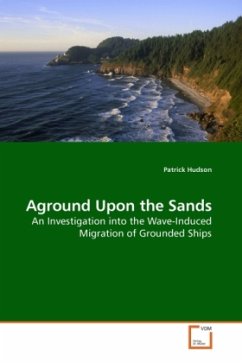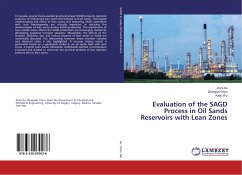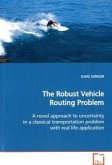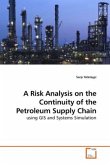After a ship runs aground, a bad day often gets considerably worse. Wave forces tend to push stranded ships toward the beach, sometimes so far ashore that they become unreachable by salvage vessels. This book investigates linear and nonlinear grounded-ship motions, through both experimental model testing and theoretical analysis. The author proposes a new method to predict either the distance a grounded ship will move ashore in a given time, or how much ballast should be added to keep it in place. This information could help ship owners, insurers, and government officials make key decisions in the critical hours after an incident occurs. An improved understanding of the behavior of ships after they run aground can lessen the environmental and economic damage that often result from ship groundings. The book provides a clear development of the relevant theories, along with extensive experimental results.
Bitte wählen Sie Ihr Anliegen aus.
Rechnungen
Retourenschein anfordern
Bestellstatus
Storno








